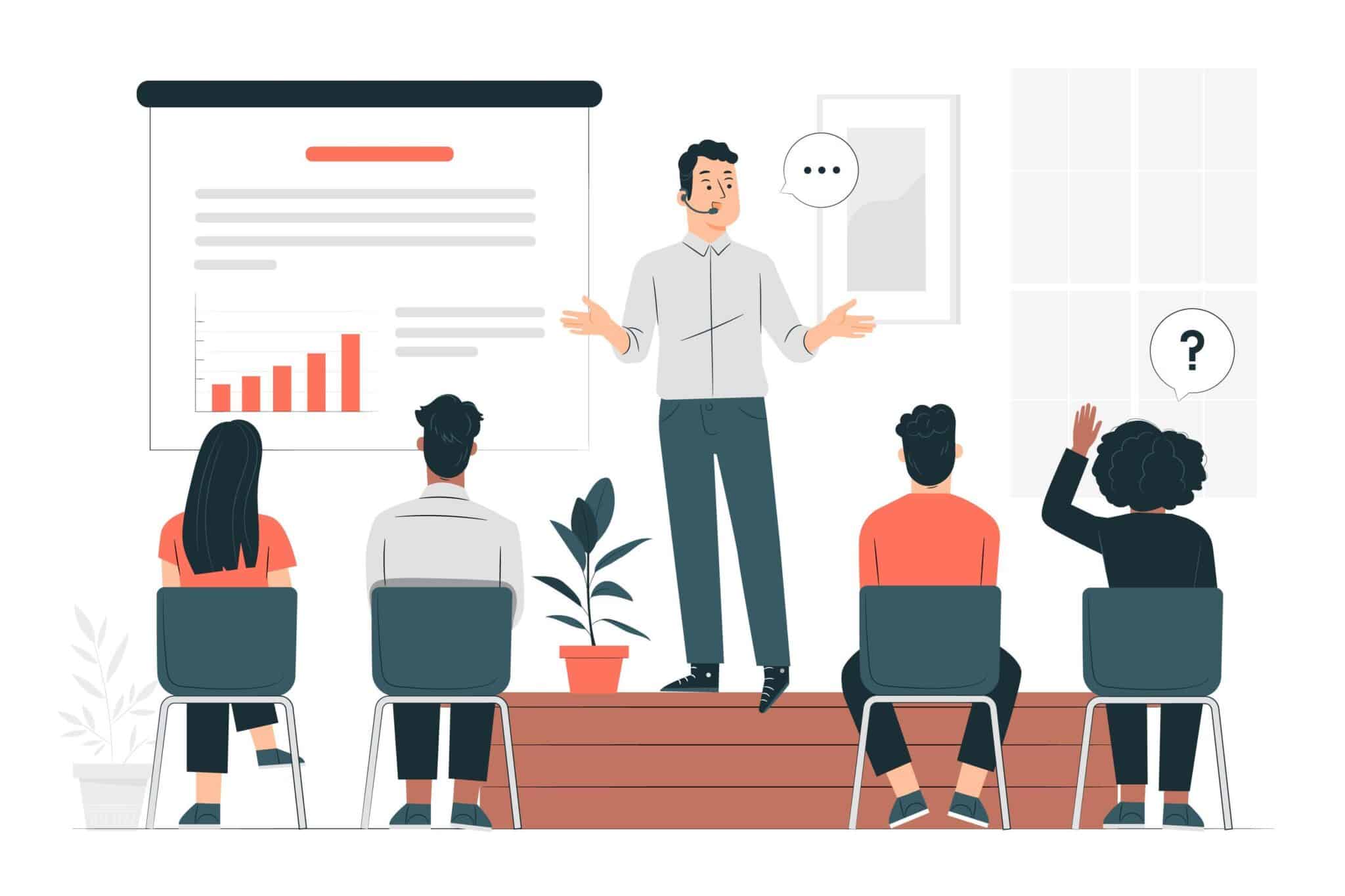As someone who works in the learning and development space, I often find myself drawn to one question: Can creativity really be taught? Or is it something we are either born with or not? This question has surfaced in countless workshops and conversations over the years. Parents ask it about their children. Leaders ask it about their teams. And professionals ask it about themselves.
While there are studies on both sides of the debate, I have come to believe that the more helpful question is not whether creativity can be taught, but rather how it can be nurtured, encouraged, and consistently applied. Because when we talk about creativity in the workplace, we are not always referring to painting or music or poetry. We are talking about solving problems in new ways, thinking flexibly, and being willing to experiment with ideas, even if they fail at first.
From my own experience working with a wide range of organizations, I have seen firsthand that creativity can be developed through practice, the right mindset, and a supportive environment. This blog is a collection of ideas, both personal and researched, on how that might be possible.
Rethinking the Creativity Question
Table of Contents
I once read that creativity is less like a lightning strike and more like gardening. You do not wait for inspiration to strike. You create the conditions for it to grow.
In his book Zig Zag, author R. Keith Sawyer outlines an eight-part model for enhancing creativity. He makes a strong case that creativity is not an instantaneous gift, but rather the outcome of thoughtful practice and deliberate effort. I will share this model shortly, but before that, let me offer a few ways I have found helpful in encouraging creativity in everyday work.
Give People Room to Step Out
Creativity often happens when we change our scenery. Whether it is moving a team meeting to a café or holding a brainstorming session outdoors, I have noticed how a shift in physical environment can lead to a shift in mental perspective. We all need space to think differently. Sometimes the best ideas come not while staring at a whiteboard, but during a walk or over a casual conversation at lunch.
At FocusU, we often include such changes in our experiential learning programs. Whether it is the Stonehenge Challenge or Map the City Challenge, these experiences allow people to connect ideas in surprising ways. When you move out of the traditional office setting, you move out of conventional thinking too.
Play Is Serious Business
One of the biggest myths I come across is that play is the opposite of work. I strongly disagree. In fact, I have seen how playfulness often sparks the kind of bold, imaginative thinking that drives innovation.
Games, simulations, and creative team challenges can be excellent tools to unlock new perspectives. Through initiatives like Creative Cadence or Storyboard Challenge, teams often surprise themselves with what they are capable of when given the freedom to explore.
When we reintroduce curiosity, joy, and surprise into our workdays, something beautiful happens. People become more open. Teams collaborate more fluidly. Ideas evolve more freely.
The Power of Work Life Balance

Creativity does not flourish in burnout. It grows in balance.
When we encourage employees to take time for themselves, to pursue interests outside of work, and to rest, we are investing in their mental bandwidth. A team that feels overworked and underappreciated will rarely have the emotional energy to be creative. On the other hand, when people feel supported, they take more ownership, try new things, and often come up with better solutions.
This is one reason why I believe in encouraging people to adopt a mindset rooted in resilience. Bouncing back from setbacks is a creative act in itself. And when teams feel resilient, they approach challenges as opportunities instead of threats.
The Zig Zag Model of Creativity
Let us now revisit Keith Sawyer’s eight-stage process of creative thinking. The beauty of this model is that it does not follow a straight path. Creativity, after all, is rarely linear. The idea is to move back and forth across these stages as needed.
1. Ask
Creativity begins with a question. But not just any question. It must be thoughtful, well-framed, and capable of uncovering a fresh perspective. Instead of asking, “How can we sell more?” you might ask, “What else could this product become?” The better the question, the more inspiring the answer.
2. Learn
Read widely. Explore different fields. Attend a session that stretches your comfort zone. The more raw material you have, the more likely you are to connect ideas in novel ways. In our Sharpen Your Business Acumen workshops, for instance, participants often bring insights from completely unrelated industries that open up new opportunities.
3. Look
Creative thinkers see what others overlook. They pay attention to patterns, gaps, and unexpected juxtapositions. By observing more closely, we start noticing more. Innovation often comes from simply looking at the same thing with a different lens.
4. Play

As discussed earlier, play is not a distraction. It is a catalyst. Let your ideas be wild at first. Let them be unpolished and strange. Try activities like the Inside Out Challenge to allow your team to experiment freely and without judgement.
5. Think
Once the ideas start to flow, give them space to grow. Write them down. Tinker with them. Let them sit for a while and revisit them later. Reflection is as important as ideation.
6. Fuse
The most original ideas often come from combining unrelated concepts. What if we merged an old idea with a new technology? What if a process used in hospitality could be applied in manufacturing? Encouraging cross-functional dialogue is one of the best ways to make this happen.
7. Choose
Creativity also requires discernment. Not every idea deserves to be pursued. Choosing what to develop further and what to set aside is a skill. It requires confidence, clarity, and alignment with your team’s goals.
8. Make

I believe the answer is yes. Maybe not in the traditional way we think of teaching, but through the creation of conditions where creativity is invited, encouraged, and celebrated.
We can do this by helping our teams rediscover the joy of curiosity, by giving them opportunities to learn new things, and by showing them that failure is part of the creative process. We can create workplace environments where questions are welcomed, differences are valued, and ideas are explored without fear of judgment.
Creativity is not reserved for a few. It is available to all of us. We just need the right tools, the right culture, and sometimes a little push to get started.
Final Takeaway
In today’s complex and fast-evolving work environment, the ability to think creatively is no longer optional. It is essential. But creativity cannot thrive in a vacuum. It needs time, trust, and a team culture that supports experimentation.
If your team is struggling with stagnation, low engagement, or lack of innovation, the problem may not be the people. It might just be that they need an invitation to think differently. And maybe, the right kind of workshop or simulation is the spark that gets things moving.
So, the next time you ask, “Can creativity be taught?” I encourage you to respond with another question: “What am I doing to make it possible?”








